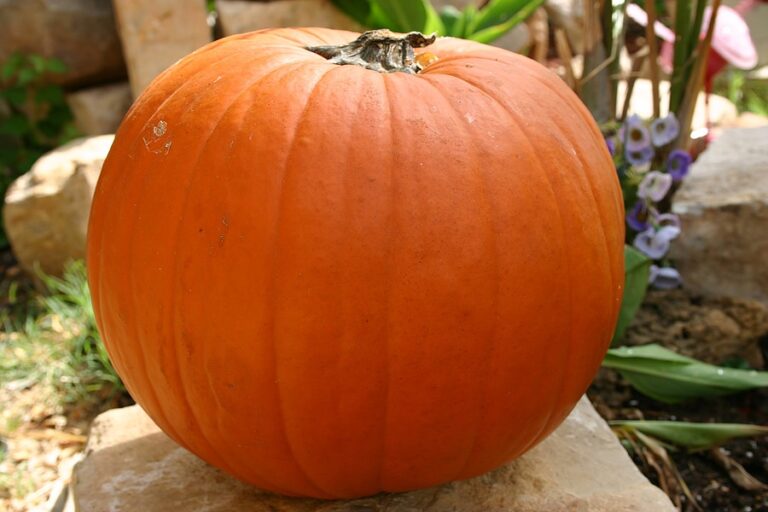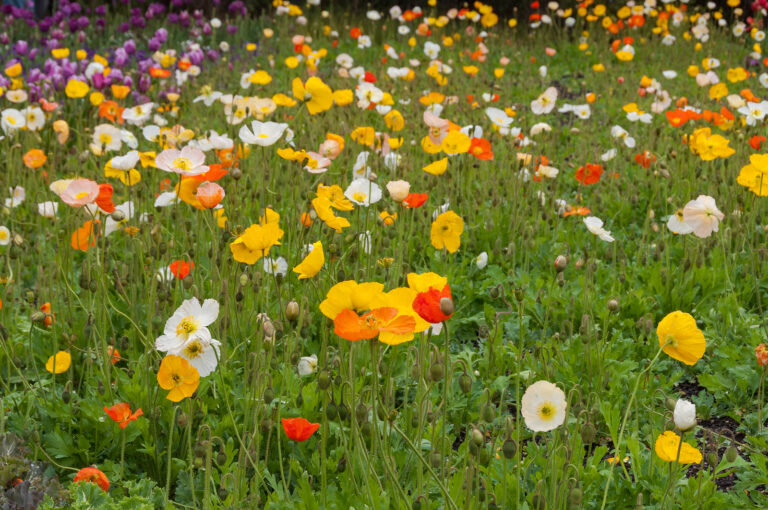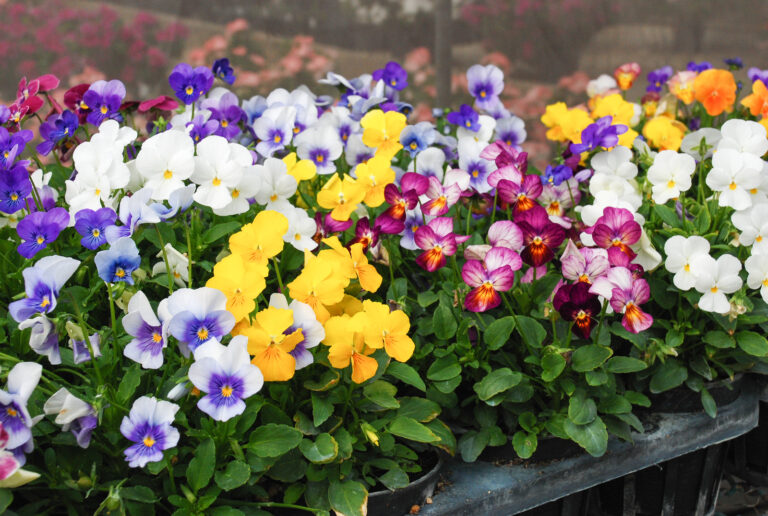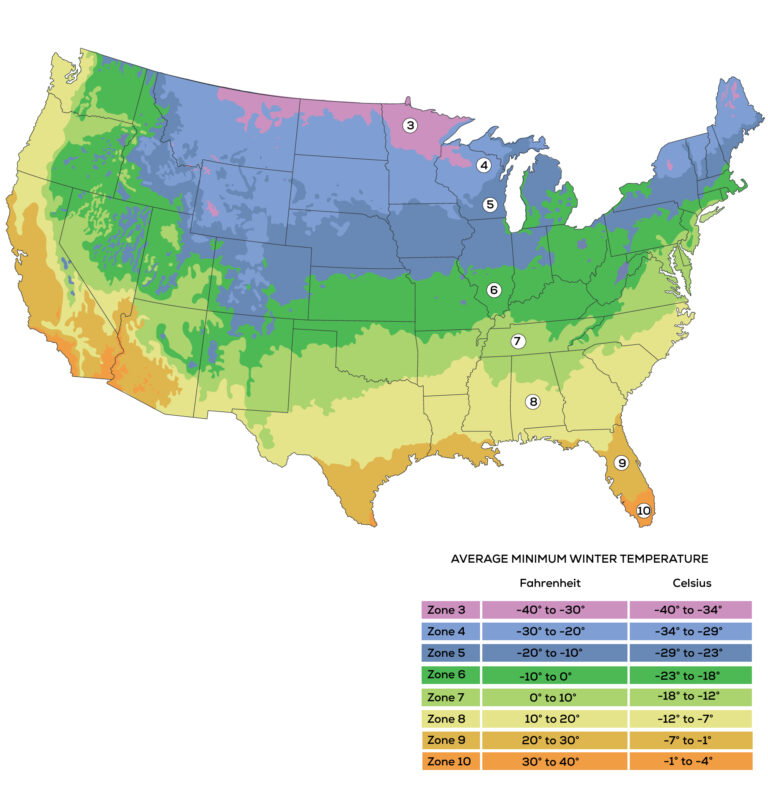July Vegetable Garden Things To Do
July is a busy month in the vegetable, herb, and fruit gardens. The summer harvest begins in July. Succession planting of warm-season crops continues and planting of cool-season crops for fall harvest can begin this month as well.
Warm-weather crops coming to harvest this month must be picked at the peak of ripeness–just ripe, tender crops will be the most flavorful.
Look back at your planting records. Check the date you planted each crop and the number of days to maturity for each crop. You can mark the calendar for the expected start of the harvest for each crop. Cool or rainy weather during the growing period may delay crops by a week or two but generally plan to harvest each crop on the day it is scheduled to reach maturity.
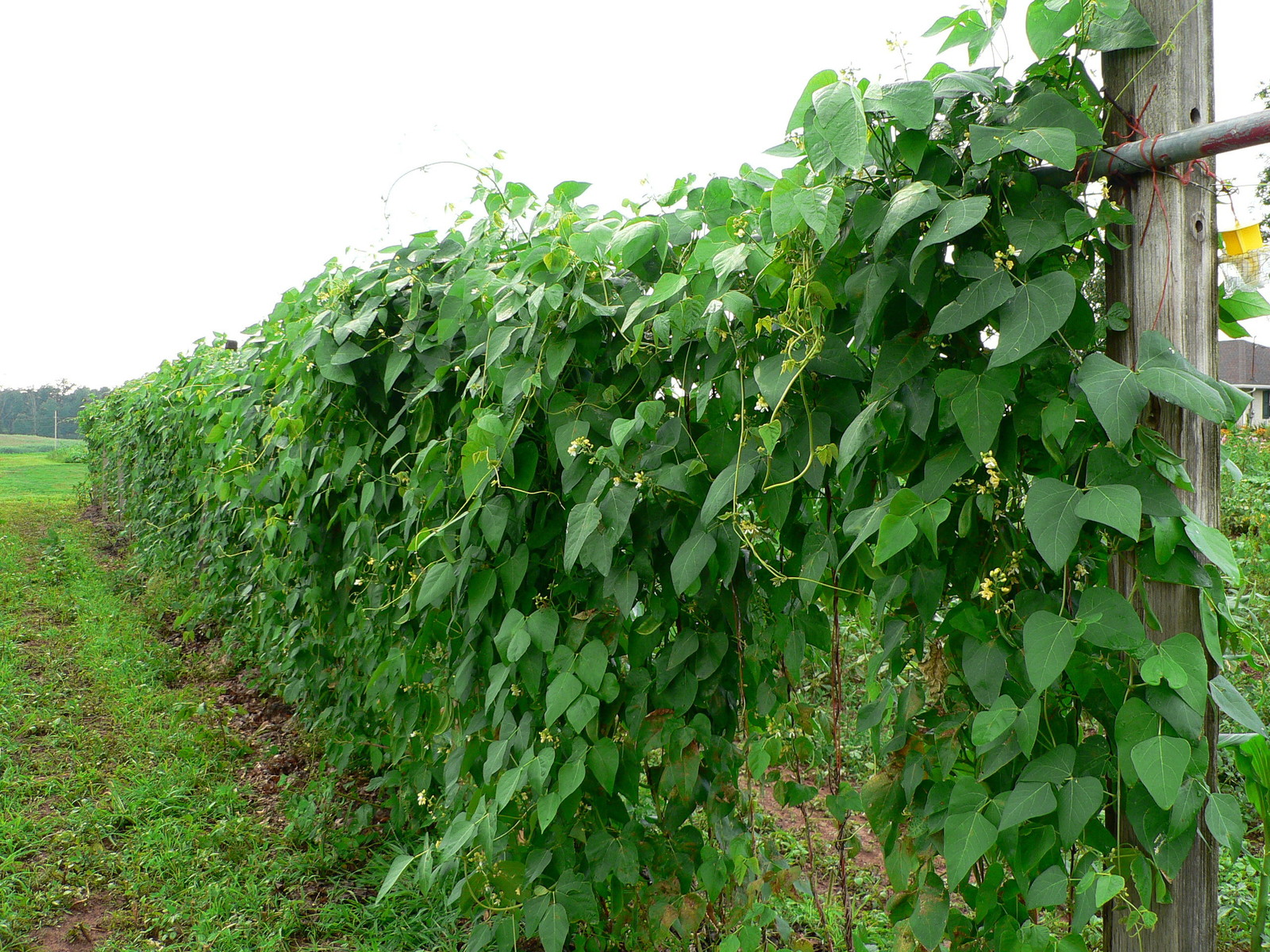
Beets, turnips, kohlrabi, carrots, and zucchini should be ready for harvest this month. Pick these crops when they are still young and tender; if you do, you’ll still be remembering their taste next winter.
The garlic and onions you planted last fall should be ready now. When the leaves of these plants turn yellow, lift them gently and leave them in the sun to dry. Later you can clean them up. Save the best of the small bulbs for planting next spring. The same goes for spring-planted shallots which are ready for lifting in July.
By the middle and end of July, later summer and winter salad crops, root crops, and spring cabbage can go into the garden. Direct sow chicory, endive, Chinese cabbage, Asian greens, lettuce, mustard, and spinach in the shade of taller crops. Direct-sow bush beans, beets, chard, snap, snow and shell peas, radishes, and daikons late this month. Start seedlings of broccoli, Brussels sprouts, cabbage, calabrese, and cauliflower to transplant out into the garden in 3 or 4 weeks. Plant potatoes to harvest as “new potatoes” this fall; use sprouted potatoes from your kitchen. Sow onions for an early crop next year.
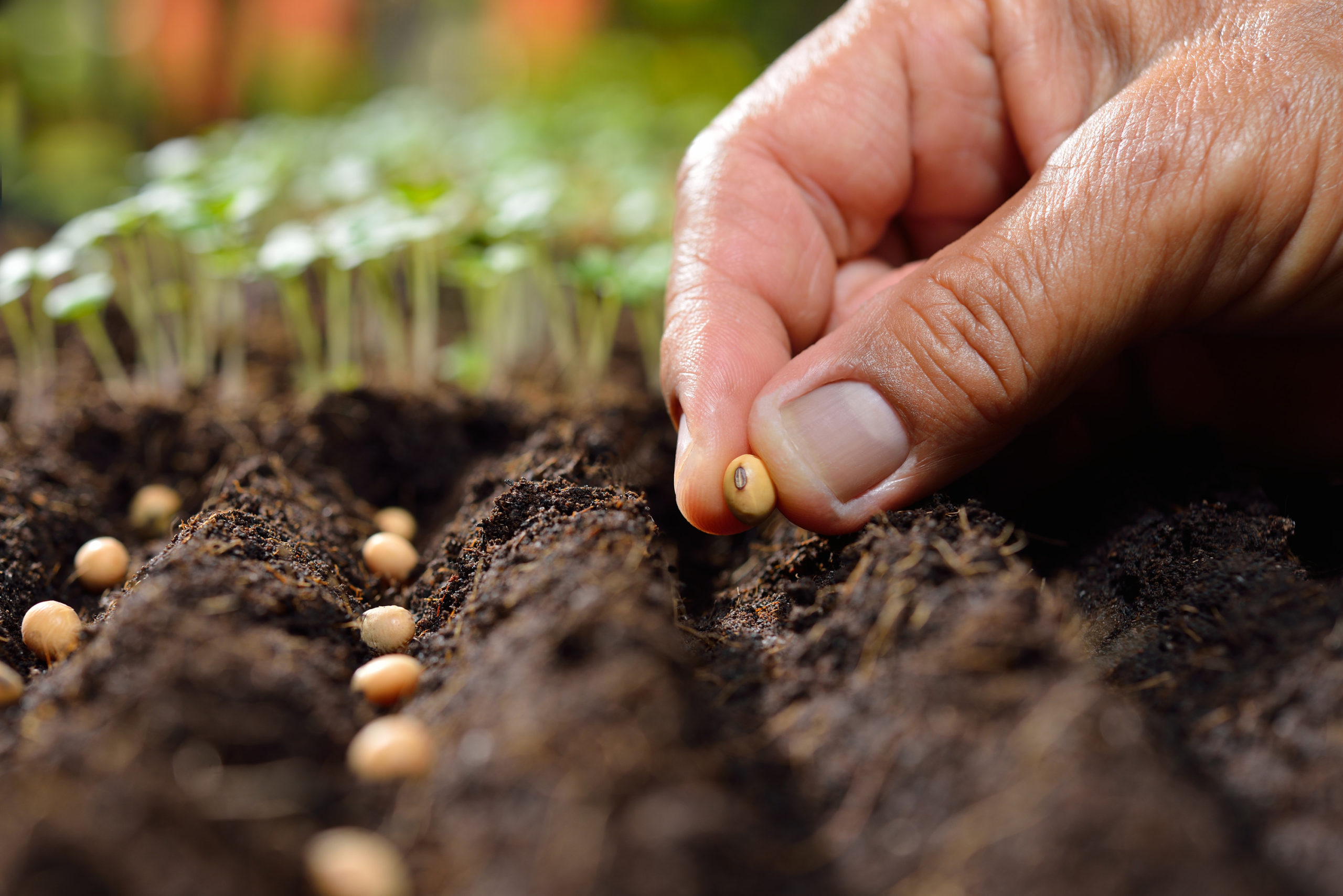
July garden care
Feeding
Side-dress vegetable rows or individual plants with aged compost and additional fertilizer as needed. Water plants every two weeks with compost or manure tea. Feed avocado and citrus trees if not done last month. Give vegetables side dressings of compost or manure tea when the ground is moist. See Fertilizer Side-Dressing Vegetable Crops
Watering
Continue to water vegetables regularly; don’t let the soil beneath tomatoes or cucumber dry out. Deep watering will encourage roots to grow deep. Continue to water crops regularly, especially those that bolt or fall if allowed to dry out. Don’t let the leaves of beans and tomatoes get wet, as they easily mildew. When transplanting vegetables during this season, set the plants carefully, watering each one and then shading them with paper for at least three days. Most vegetables will give a good yield if you remember to keep up irrigation regularly. Water heavily once or twice a week rather than sprinkle every day or so, but be sure not to let plants dry out at any time, regardless of frequency. See Watering Vegetables in Hot and Dry Weather
Weeding
Keep an eye on weed growth this time of year. Vegetables do not tolerate competition from weeds. Control weeds by light cultivating, mulching, and hand pulling. Weed or hoe regularly between crops. Solarize empty beds where weeds or diseases have been a problem; cover beds with black plastic for a month or two to keel weeds. See Vegetable Garden Weed Control
Mulching
Spread mulch to cool the ground and conserve moisture. Mulch after light cultivation of the soil to conserve moisture. Mulching will keep down weeds and maintain coolness around plant roots. See Mulch: Hot Weather Protections
Pests and diseases
Inspect plants on a regular basis for pests and diseases. Handpick larger pests such as caterpillars and tomato hornworms. One of the best preventive measures is to keep the garden clean. Don’t let weeds get more than two weeks old. Clean up leaves and fruit that drop. Remove spent plants right away. Visit Pest and Disease Category for 60 articles on specific crop pests and diseases.
Thinning, Supporting, Pinching
Continue to thin vegetables sown earlier, before they grow large enough to compete with each other. Remove spent plants. Check the supports on tall and climbing plants. Mound soil around celery stems and tie them together. Pinch out the growing tips of runner beans they reach the top of their support. Give afternoon shade to leafy crops.
Container gardens
Harvest vegetables and herbs from container gardens. Weed and fertilize container plants regularly with compost tea. Water containers as often as needed and make sure friends water your plants while you are away on holiday. Discard or replace plants that are past their best.
Cold frame and greenhouse
Add extra shading to the glass if necessary. Keep a watch for pests and diseases. Spray promptly or use biological control for greenhouse pests. Pot up and pot on seedling pot plants as it becomes necessary. Pick greenhouse cucumbers and tomatoes.
Prepare planting beds
Select a site for the winter garden now. Plow or spade the soil, removing all weed growth. Do not turn vegetation under now. Leafmold and rotted manure can be added to the soil at this time. Keep the soil free of weed growth until planting time in August.
Planting for fall harvest
In cool- to warm-summer regions, July is the month to begin sowing and planting cool-weather crops for fall and winter harvest. If there is no time to get a second or third warm-weather crop to harvest before the fall cools down, turn now to start cool-weather crops.
In warm- to hot-summer regions and in mild-winter regions, there is plenty of growing season left for planting warm-weather crops. Succession plantings of cucumbers, peppers, and tomatoes can go into the garden this month.
Look ahead to the first average frost date to decide which variety of a crop still has time to reach harvest. For example, early-to-harvest tomatoes (55 to 65 days) may bookend your tomato succession planting if there are still 60 to 80 days before the first average frost. Celery is a good fall and early winter vegetable. Start by transplanting small plants in mid-July so that you will have succession bunches for the table.
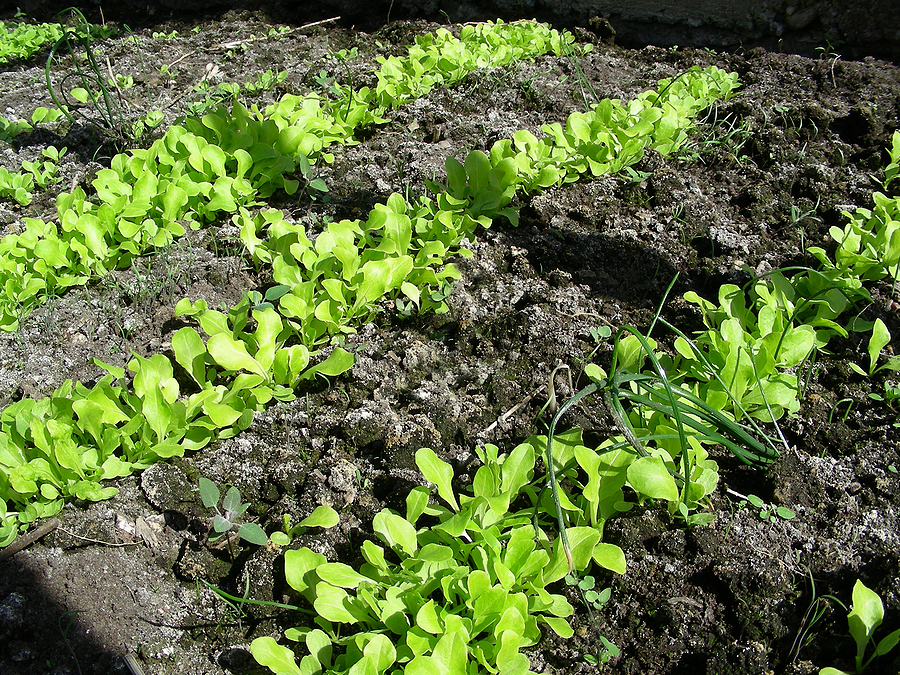
Succession planting
The remaining seedlings started in late spring and early summer should be planted out now. Additional sowing of succession crops–lettuces, radishes, beans, and spinach–should be made. See Succession Planting Summer into Autumn
Warm-weather vegetables can still be sown directly in the garden in most regions. Continue to direct-sow bush beans, French beans, pole beans, lima beans, beets, spring cabbage (in cooler regions), winter cabbage, cantaloupes, carrots, late cauliflower, collards, sweet corn, cucumbers, leeks, lettuces, okra, southern peas, rutabagas, spinach, summer squash, watermelon, and turnips. Plant pumpkins and winter squash in a shady spot, but where the vines will run into the sunlight. Set out more sweet potato slips. In regions where the weather remains warm well into autumn, you can sow eggplants, peppers, and tomatoes now for the fall garden.
When transplanting vegetables during the hot season, set the plants carefully, watering each one and then shading them with paper for at least three days.
Succession planting in hot summer regions
In very warm to hot summer regions–in the South, Southwest, and Southern California–continue sowing and planting warm-weather crops this month. Fill in spots where summer crops have been harvested with new planting of summer crops. You have plenty of time for a second harvest.
- Starts. Set out cucumbers, eggplants, melons, okra, peppers, pumpkins, squash, and tomato plants.
- Seeds. Sow snap beans and corn. More at How to Grow Beans and How to Grow Corn
- Herbs. Plant basil, chervil, chives, parsley, rosemary, sage, savory, and thyme. Start dill and cilantro from seeds. Take cuttings if you want to propagate herbs. Browse 50 Herb Profiles
Succession planting in cool summer regions
Vegetables in northern regions: Sow or plant out beans, beets, borage, broccoli, Brussels sprouts, cabbage, carrots, cauliflower, celery, chervil, chicory, Chinese cabbage, chives, cress, cucumber, dill, eggplant, endive, kohlrabi, leeks, lettuce, mustard, spring onions, parsley, parsnip, potato tubers, radish, rhubarb crowns, salsify, rutabaga, squash, Swiss chard, sweet corn, turnip, and zucchini.
Plant winter vegetables now; don’t wait until late summer or early fall….Put in bush beans, beets, carrots, turnips, lettuce, spinach, and potatoes for fall crops….Sow salad crops for fall now. Plant rutabagas for winter storage.
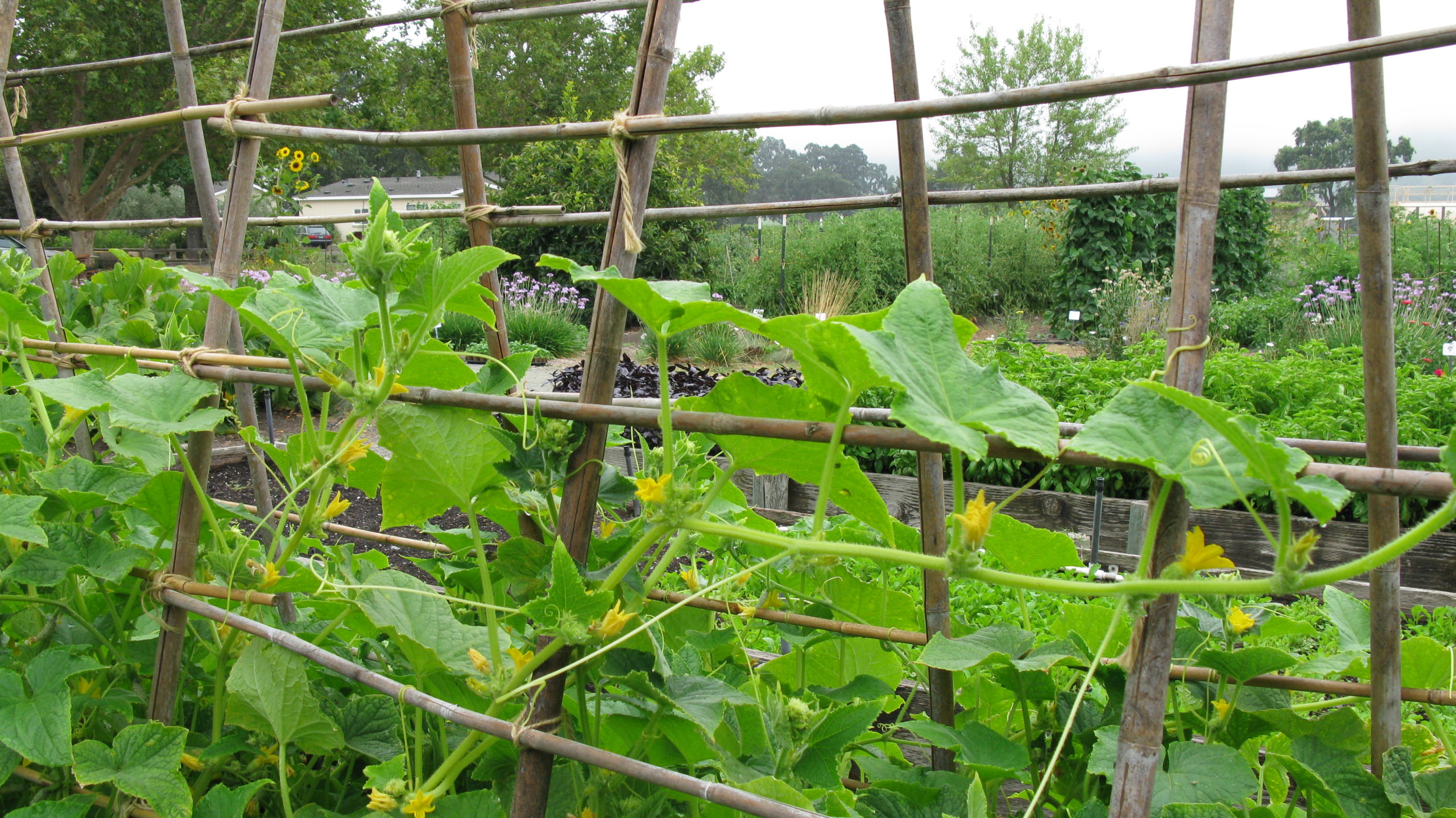
July planting by regions
Cool northern regions–Zones 3-6
Vegetables: beans, broad beans, broccoli, Brussels sprouts, cabbage, carrots, cauliflower, chard (silverbeet), chicory, cress, endive, kohlrabi, leeks, lettuce, spring onion, parsnip, radish, rhubarb crowns, rutabaga (Swedes), salsify, Swiss chard (silverbeet), shallots, spinach, turnip. Herbs: basil, borage, chamomile, chervil, chives, coriander, hyssop, lemon balm, oregano, parsley, salad burnet, thyme.
Temperate regions–Zones 7-9
Plant beans, beets (beetroot), broccoli, Brussels sprouts, cabbage, cape gooseberry, capsicum, carrots, cauliflower, celery, chard (silverbeet), chicory, cress, cucumber, eggplant, endive, leeks, lettuce, marrow, melons, mustard, spring onions, parsnip, peas, pumpkin, radish, rhubarb crowns, salsify, squash, sweet corn, tomato, zucchini. Herbs: basil, borage, celeriac, chamomile, chervil, chicory, chili, chives, fennel, hyssop, lemon balm, oregano, parsley, salad burnet, thyme.
Subtropical and tropical regions–Zones 10-12
Plant artichoke suckers, beans, broccoli, cabbage, cape gooseberry, capsicum, celery, Chinese cabbage, cress, cucumber, eggplant, kohlrabi, leek, lettuce, marrow, melons, mustard, okra, spring onions, potato tubers, pumpkin, radish, rhubarb crowns, Swiss chard (silverbeet), squash, sweet corn, sweet potato, tomato, zucchini. Plant fennel.
July harvest
Mid-summer is a busy time in the vegetable garden. Spring-planted warm-season crops will begin coming to harvest this month. You’ll want to get crops harvested at the peak of flavor. Check planting dates to know when each crop should be picked–count the days to maturity from the planting date
Coming to harvest this month are the first or second crops of beans, cabbages, zucchini, and early tomatoes should be ready soon. Pick beans, broad beans, spinach, and summer cabbages. Lift early potatoes and first main crop potatoes. Lift onions, shallots, garlic, carrots, turnips, and beets. Click here to see 40 harvest articles for your crops.
Pick runner and green beans as soon as they are ready. Freeze while they are still tender. Ripen onions by lifting them gently and leaving them in place for a couple of weeks. Continue to lift early potatoes. Cut back artichokes after they bear, to produce a crop next spring.
Fruits coming to harvest this month include apricots, cape gooseberries, cherries, gooseberries, grapefruit, lemons, loganberries, nectarines, oranges, passionfruit, peaches, plums, raspberries, and strawberries.
Crops that are usually at the peak of the season in July are avocadoes, beets, blueberries, broccoli, cabbages, carrots, chard, chipotles, dried fruit, garlic, herb starts, honey, lavender, leaf lettuce, leeks, mushrooms, nectarines, nopalitos, olives, onions, yellow and white peaches, plums, radishes, raisins, raspberries, salad mix,
Herbs ready for harvest in July include chives, dill, French tarragon, garlic chives, marjoram, parsley, rosemary, Russian tarragon, oregano, and culinary bay leaves.
Crops at the end of their harvest season this month include apricots, cauliflower, lemons, olallieberries, snow peas, Valencia oranges, and vegetable starts.
July vegetables crop-by-crop
Beets
Sow globe beets to mature in October. Beets are best eaten young when they are the sweetest and tastiest. Dig in rich well-aged compost or manure before sowing. See How to Grow Beets
Broccoli
Complete the sowing of sprouting and spring broccoli by the middle of the month. (Broccoli seedlings do not like being transplanted in warm weather. The large green cauliflower-like broccoli is also called Calabrese. Sprouting broccoli has a different look; it grows many small florets instead of a single head–look for purple or white varieties. Seeds of both can be planted through early summer for fall and winter harvest. See How to Grow Broccoli
Brussels sprouts
Complete setting out transplants of Brussels sprouts. Sprouts are best grown for fall and winter harvests. In cold-winter regions, pinch out the growing tip in early fall to complete harvest before freezing weather. Try the varieties ‘Jade Cross Hybrid’ (95 days) and ‘Long Island Improved’ (90 days). See How to Grow Brussels Sprouts
Cabbage
Sow cabbage in summer for fall and winter harvest. Sow in late summer for spring harvest–next year. It’s best to sow cabbage in trays or pots and then transplant it into the garden once plants have developed four sets of leaves. Keep seedlings evenly watered in dry weather. For fall and winter harvest, try the variety ‘January King’ or ‘Danish Ballhead.’ Winter cabbages are frost-hardy and slow to bolt. Cabbage family plants can be sown or set out in shallow trenches during warm and hot months. This will ensure that they get the benefit from watering. See How to Grow Cabbage
Herbs
Make further sowings of chervil, dill, and parsley in open ground. Visit the Herb Category to browse 50 articles about growing herbs. Plant basil, chervil, chives, parsley, rosemary, sage, savory, and thyme. Start dill and cilantro from seeds. Take cuttings if you want to propagate herbs. Gather and dry basil, mint, and other herbs before they flower. Harvest lavender flowers before they fade for drying; dry lavender on a tray in an airy shed or attic and then store it in an airtight container. Cut back bushy herbs and take cuttings of perennial herbs to start new planting.
Leeks
Complete leek transplanting as soon as possible. Leeks require 80 days from transplant, and 140 days from seed. Thin to 3 inches apart. Plant in trenches 4 to 6 inches deep; as plants grow, hill soil against the stems. Try the variety ‘Large American Flag.’ See How to Grow Leeks
Onions and shallots
When onion and shallot bulbs are ripe, the tops will begin to yellow and fall over. After three-quarters of the crop has fallen over, break the tops still standing with a rake. Lift the bulbs with a garden fork and spread the bulbs until the tops are crisp in two to four days. Store onions in a mesh bag in a cool location. Store shallots in a cardboard box or paper bag in a dry cool place. See How to Harvest and Store Onions
Peas
Peas are usually ready for harvest about three months after sowing. If the weather will be cooling about 70 or so days from now, sow round-seeded peas now. In mild-winter regions, peas can be sown until late fall. See How to Harvest and Store Peas
Radishes
Sow large winter-maturing radishes. Cover seeds in inch-deep drills 12 inches apart; thin seedlings to 6 inches apart. Varieties to try include: ‘White Chinese,’ and ‘Long Black Spanish.” These radishes have a strong flavor and can be looked like turnips, sliced and fried, or used raw in salads. See How to Grow Radishes
Rhubarb
Sow or transplant rhubarb divisions by the middle of the month for harvest next year. Space rhubarb 36 inches (90 cm) apart. Rhubarb needs regular water throughout the summer. In the fall, mulch plants leave crowns exposed so that frost will trigger new growth next spring. See How to Grow Rhubarb
Turnips
Sow hardy turnips such as ‘Golden Ball.’ Turnips are best started in warm soil for harvest in cool weather, 60 days later–make sure your timing is on the spot. Sow in drills ½ inch deep and 12 inches apart. More at: How to Grow Turnips
Tomatoes
Pinch out the side shoots which grow from the axils of vining or indeterminate tomato plants. “Pinching” refers to removing the growing tip–usually about a half-inch of growth. This will make for less unwieldy plants. Pinch regularly through the growing season. Do not pinch out the side shoots on bush varieties. For bush tomatoes or tomatoes growing without cages place straw or peat on the ground beneath the plant to keep the fruits off the soil. eed tomatoes regularly. Remove side shoots and yellowing leaves from tomatoes regularly. In desert areas, prune back tomatoes by two-thirds. Use shade cloth or an old sheet to protect tomatoes and peppers from sunburn.More at: How to Grow Tomatoes
July fruit
Tree fruit
Thin the fruit on heavy-bearing trees, and pick up dropped fruit daily. Support branches on heavily laden fruit trees with stout forked stakes. Complete the thinning of apples and pears now; dispose of fruit showing signs of pest infestations. Water fruit trees regularly and thoroughly. Place netting around developing fruit to protect them from being attacked by birds.
Summer prune apples and continue to prune cherries, plums, apricots, nectarines, and peaches. Control woolly aphids on apple trees and spray against codling moth caterpillars. Summer prune the mature shoots of espalier fruit if not already completed to prevent excessive growth toward the wall or fence. Tie in replacement shoots on wall-trained espaliers. Pinch out the tips on fan-trained espaliers.
Do not prune newly planted apple, plum, cherry, or peach trees. They need all available leaf surfaces to strengthen roots.
Peach trees that are overloaded with fruit should be thinned; remove the surplus to ensure large, healthier fruit.
Pick up and destroy all wormy or rot-infected fruit.
Keep down weeds and grass under fruit trees in midsummer.
Brambles, berries, currants
Pick berry fruits as they ripen. Cover ripening berries with netting to protect them from birds. Mulch brambles and water deeply if the weather is dry. Prune summer-fruiting raspberries after harvest; cut canes that have just fruited back to ground level, and tie new canes to supports. Layer brambles to start new plants.
Don’t let first-season raspberries ripen fruit this year because of the weakening effect of the process. The best plan is to snip off the flowers as they open. Next year will bring a big harvest.
Berries: Where blossoms have been kept off newly planted everbearing strawberries, it is now time to permit the plant to set fruit. Keep strawberries even and regularly watered in hot, dry weather; they like abundant moisture as long as the site is well-drained.
Don’t let first-season raspberries ripen fruit this year, because of the weakening effect of the process. The best plan is to snip off the flowers as they open. Next year will bring a big harvest.
Currants to be used for jelly are best picked when slightly underripe, and fully ripe if used for jams. Currants to be used for jelly are best picked when slightly under-ripe, and fully ripe if used for jams.
Strawberries
Remove netting from strawberry beds where plants have finished fruiting; Remove bedding straw from around plants and cut away old leaves and unwanted runners. Top-dress strawberries with compost after harvest. When new plants form at tips or runners, pot them in rich soil in peat pots and sink the pots near the parent plants without cutting the runners. In a month or two, these new plants can be separated from the mother plants and set out. Discard strawberries that are more than three years old.
Where blossoms have been kept off newly planted everbearing strawberries, it is now time to permit the plant to set fruit. Keep strawberries even and regularly watered in hot, dry weather; they like abundant moisture as long as the site is well drained.
Let strawberry runners set down roots. Allow plants to flower and set fruit. Keep the soil evenly moist, particularly in hot, dry weather. Strawberries do best in a well-drained bed. See all Strawberry articles here.
Melons
Remove all but three to four fruits on melon plants to ensure full, ripe plants at harvest.
Citrus
Prune citrus in the summer and remove suckers around the base of trees.
More about July
July is the seventh month of the year, but it was once the fifth month. Julius Caesar was born during this month. When he remade the calendar during his rule of ancient Rome, he moved the start of the year from March 1 to January 1. He then added a month, gave it 31 days, and named it for himself: July.
July is usually the hottest month of the year in most countries in the Northern Hemisphere.
Grass and leaves will lose their greenness in July if there is little rain. But many summer annual and perennial flowers thrive in the heat. This is one of the most colorful times of the year in the flower garden.

